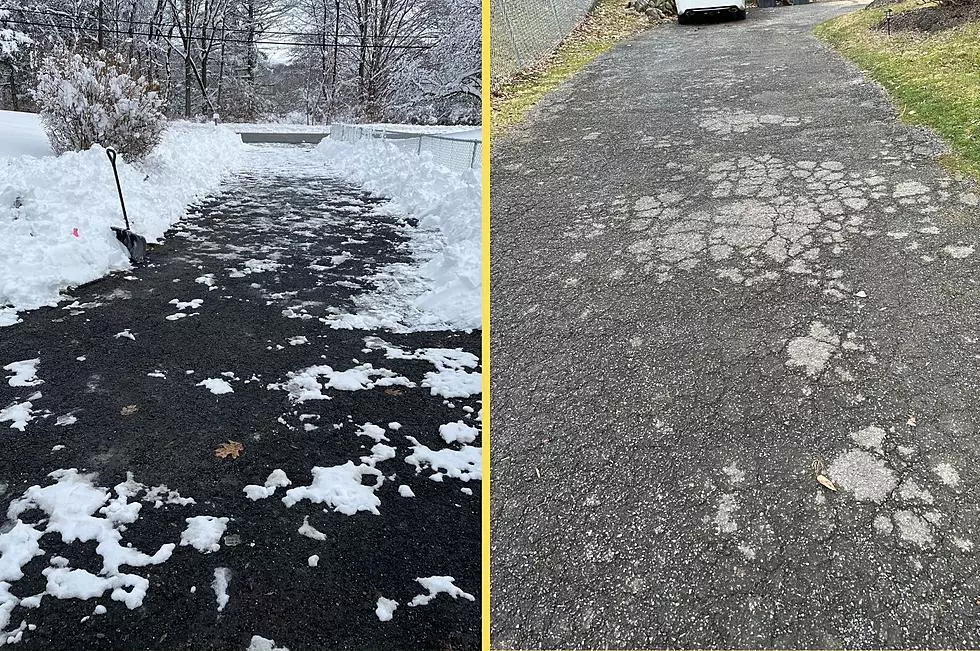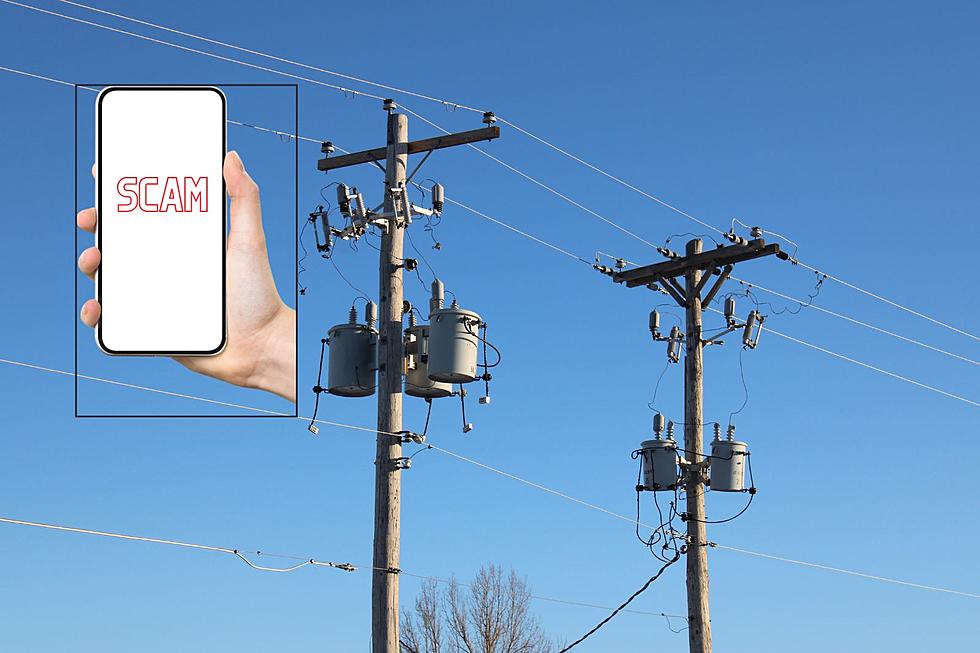
New York E-ZPass Users, Watch Out for this Targeted Scam
The New York State Thruway Authority (NYSTA) is warning local drivers about a new scam targeting E-ZPass users.
With the move to cashless tolling on Hudson Valley bridges and the New York State Thruway, more drivers are using E-ZPass than ever. While there are sill other ways to pay, the massive cashless shift has also made way for some sneaky scammers to try and make off with your hard-earned money.
New Yorker E-ZPass Users Warned About New Phishing Scam
"ALERT", began the NYSTA. "Customers should be aware of this phishing alert. If you receive the message below, DO NOT CLICK on the link and delete the message." The message in question was a very clever way that scammers are trying to impersonate E-ZPass and Tolls by Mail.
What Is Phishing?
The act of "phishing" refers to criminals posing as a trusted institution, like a bank or university, in an attempt to gain access to personal information. Using links that look legitimate, they can redirect an unsuspecting user to an unsecure website. The text that many New Yorker drivers received (below) is a perfect example of a phishing attempt.
How To Recognize a Suspicious Phishing Text
In the screenshots shared by the NYSTA, the difference between the two texts are minimal enough to fool an unsuspecting target. The link the criminals used, for example (the fake "nytollservices.com"), is not a far jump from the legitimate "tollsbymailny.com". Luckily, there are a few helpful details to watch out for.
Phishing scams generally create a sense of urgency. In the example from the NYSTA, the fake text (above) urges recipients to "take action now" to avoid hefty monetary penalties. Conversely, the "real" text is more informative than dramatic. It's unfortunately far from the only scam to hit New York State.
Read More: Spring Is Coming. Watch Out for This Popular Hudson Valley Scam
Now that the weather is warming, Hudson Valley residents are asked once again to watch out for an aggressive sales technique regarding driveway paving that is likely a scam. Promising deep discounts by using "left over" materials from other jobs, door-to-door salespeople often offer shady (or illegal) solutions to save the client money.

While not every sales pitch or text message is nefarious, phishing scams go far beyond the New York State Thruway. Check out more examples of classic text phishing scams below, and keep scrolling to see which tricks have landed on the FBI's radar.
Don't get fooled: Here's 24 scam texts I received in just one month
Gallery Credit: Mike Brant
FBI Says YOU Need to Watch Out for These Scams
Gallery Credit: Billy Jenkins
More From WRRV-WRRB









